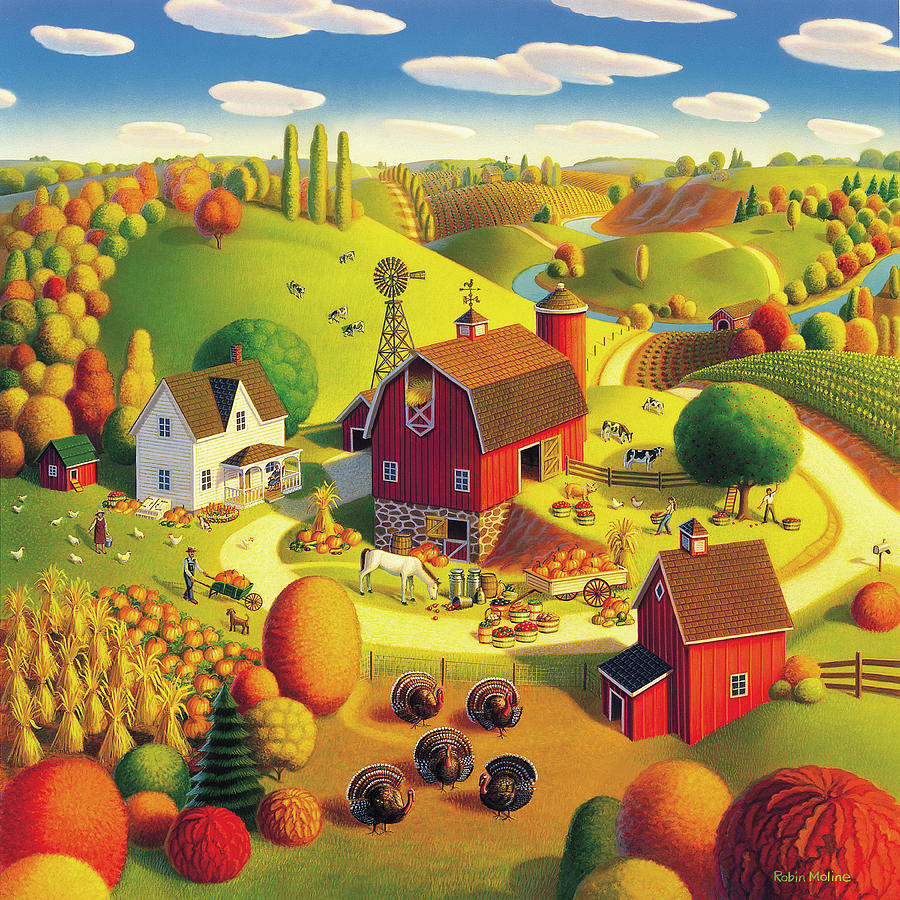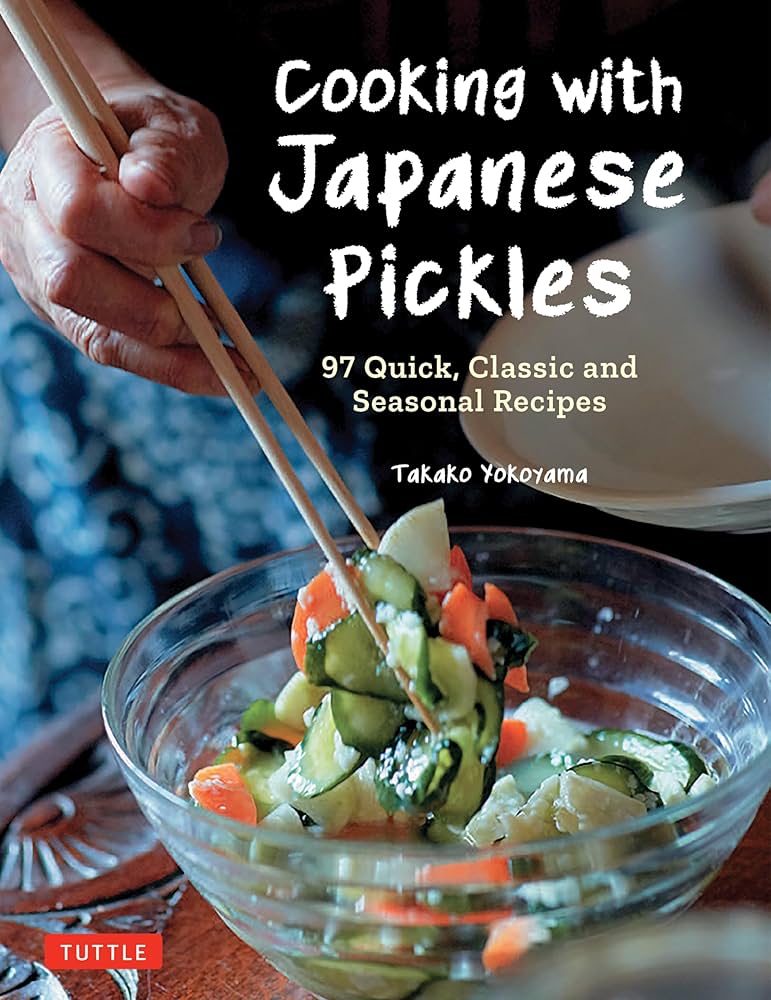
From Garden to Table: Making the Most of Fall’s Bounty
As the crisp autumn air sweeps in, many gardeners in Edmonton are faced with the joy and challenge of managing their harvest. The late September sun might have prodded us to postpone the inevitable, but now is the time to dive into the fruits (and vegetables) of our labor. With Alberta producing an alarming $31 billion in food waste every year, it’s crucial to think creatively about what we can do with our backyard bounty.
 Fall harvests ripe for the picking
Fall harvests ripe for the picking
Sharing the Harvest
Edmonton boasts an astounding 52,734 edible fruit trees within its city limits. If your crop has exceeded what you can consume, why not share? The Edmonton Food Bank welcomes donations of extra fruits and vegetables, especially root crops, cabbages, beans, and squashes. Just ensure that the dirt is mostly washed off before you drop them off at their warehouse at 11508 120 St. For extra details, check their website.
Additionally, the Leftovers Foundation is committed to reducing food waste by redistributing home-grown surplus produce to local campuses and social agencies. You can join their Home Harvest program and sign up to donate what you don’t need, and feel good knowing those veggies will nourish others.
Preserving the Produce
If you find yourself with a more manageable amount of produce, you have various methods to keep those veggies fresh long into the winter months. Root vegetables such as potatoes, carrots, and onions can be stored in a root cellar for several months. If you lack a root cellar, your freezer is an invaluable ally. From jams and jellies to pickles, the options are extensive, though they require some knowledge about proper canning techniques to avoid potential food safety issues.
Tips for Canning Safely
Homemade preserves can be wonderful gifts, but they cannot be donated to food banks due to safety regulations. For high-acid foods, like pickles and fruit preserves, use a boiling water canner. Meanwhile, low-acid items like most vegetables require the use of a pressure canner. Ensuring you follow these guidelines can turn surplus into something delightful!
“The rise of urban gardening has given many the chance to connect with the land, and what better way to honor that than by sharing its bounty?”
The Joy of Fermentation
Another exciting avenue is fermentation, a method that not only preserves but enhances flavors. Making fermented pickles or sauerkraut introduces an array of health benefits and creativity into your kitchen. This ancient technique has seen a revival, and resources like the National Fermentation Association offer excellent guidance for beginners eager to explore this flavorful preservation.
 Deliciously fermented creations
Deliciously fermented creations
Conclusion: No Waste, Just Flavor
As the gardening season winds down, it’s a chance to look back on the joy of growing and sharing. Whether you’re donating to those in need or crafting your preserves, there’s merit in every step. Let’s work together to mitigate food waste and savor the abundance that comes from our fruitful endeavors. From urban rooftops to backyard patches, we have the power to transform our harvests into treasures that can nourish our community and keep the spirit of gardening alive through the winter months.
Let’s embrace this season with open arms and a spirit of generosity, and find fulfillment in the simple process of sharing and preserving.
Jars of homemade preserves ready to delight















